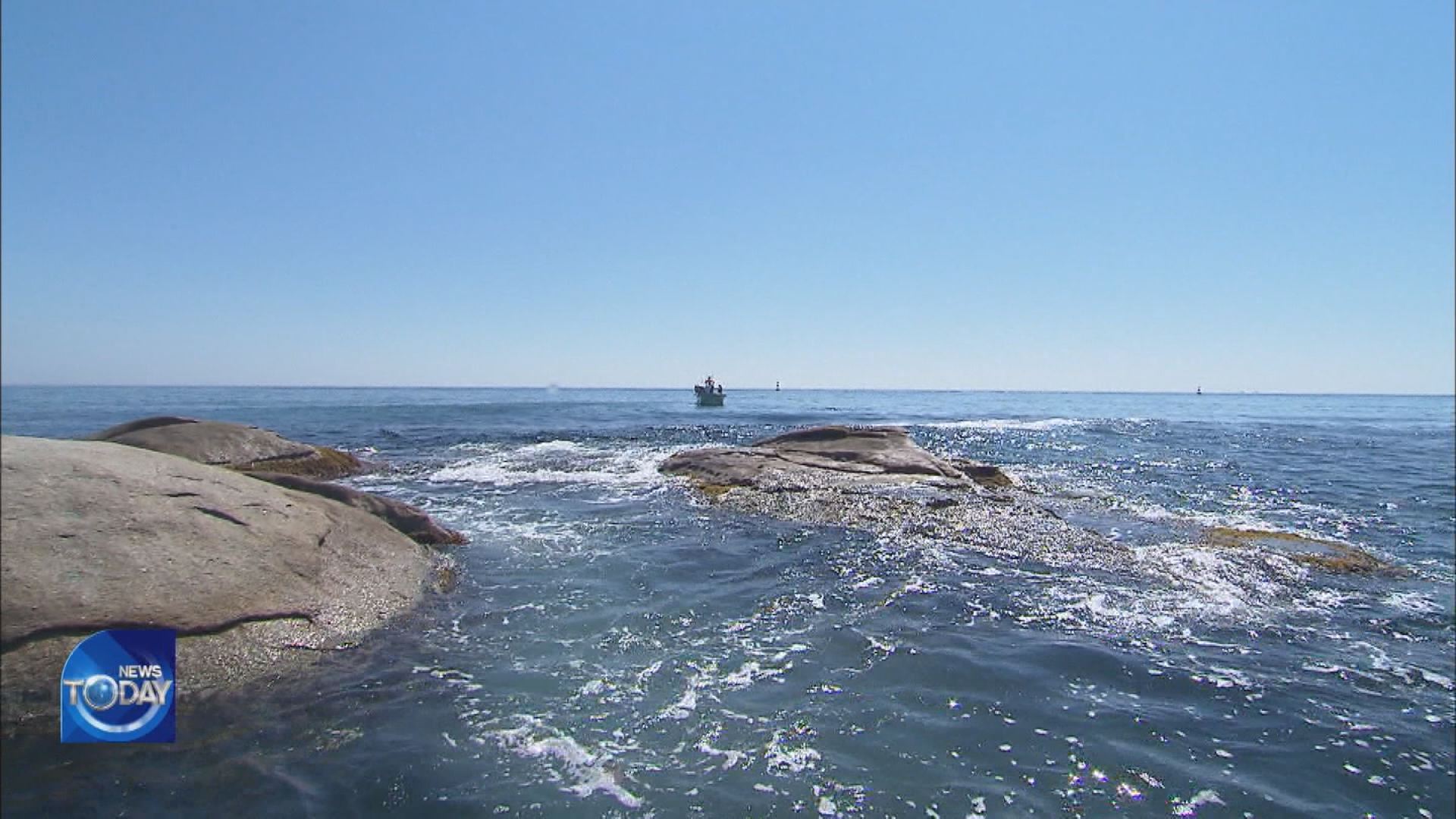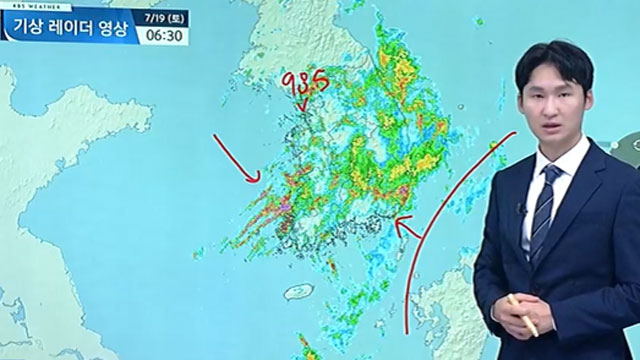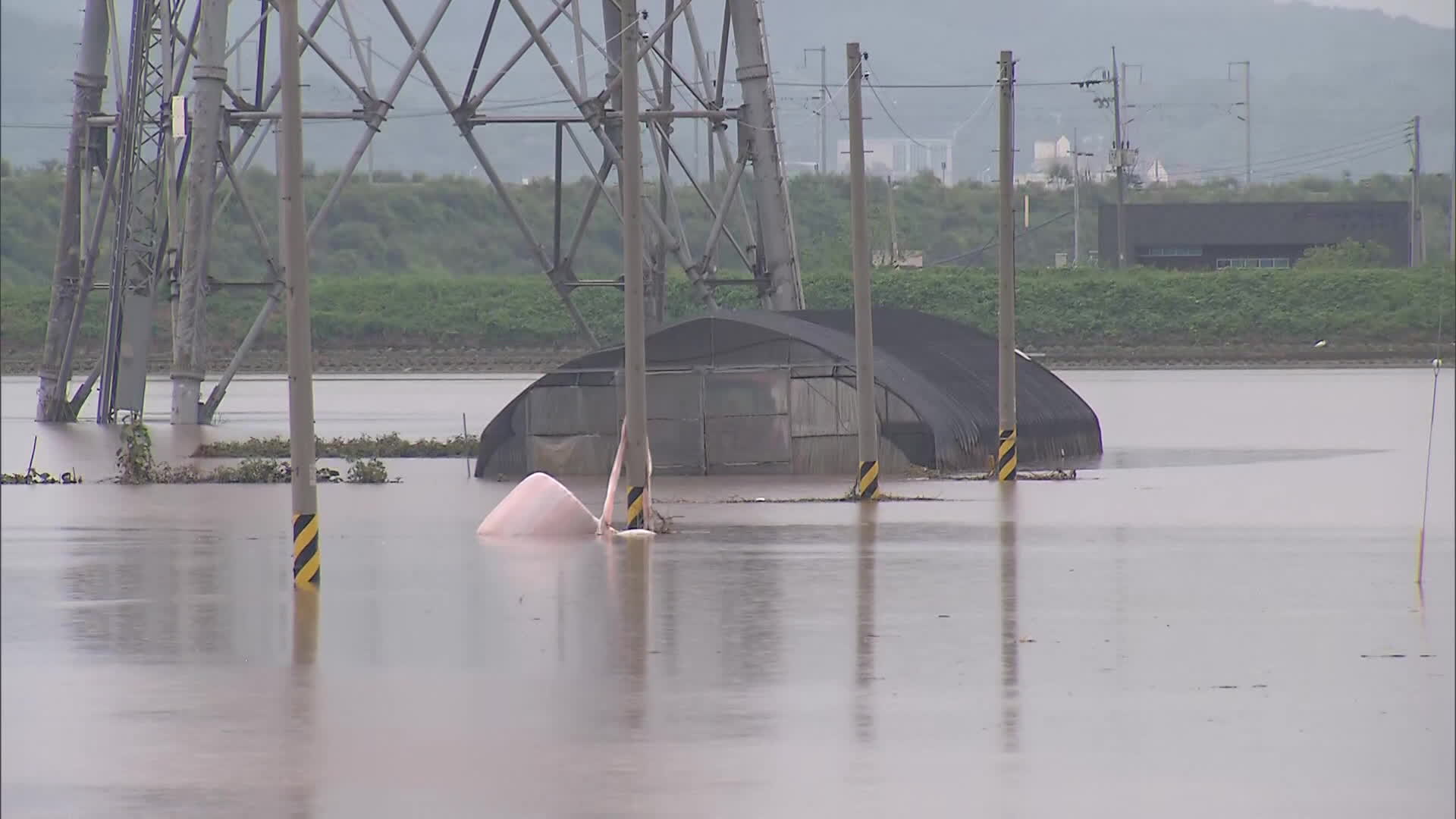CHANGES IN MARINE ECOSYSTEM
입력 2021.03.05 (15:04)
수정 2021.03.05 (16:45)
읽어주기 기능은 크롬기반의
브라우저에서만 사용하실 수 있습니다.
[Anchor Lead]
The marine ecosystem in waters off the Korean Peninsula is changing rapidly due to rising water temperatures. The number of fish living in warm currents has increased in recent years, raising concerns about changes in the marine ecosystem.
[Pkg]
The median depth of the East Sea is 1650m. Water temperature in the ocean has risen 1.54 degrees C over the past 52 years. That's higher than the 1.05-degrees and 1.2-degrees increase observed in the South and West seas, respectively. This is also nearly triple the recorded average in water temperatures worldwide, meaning the marine environment in the East Sea could change drastically. Such change is obvious and noticeable in fishing. The Alaskan pollack, which usually lives in cold water, is nowhere to be found in the East Sea. By contrast, the number of yellow tail, a fish species living in warm currents, has nearly quadrupled in the past decade.
[Soundbite] Yang Jae-hyung(East Sea Fisheries Resources and Environment Division) : "The correlation with water surface temperature is very high. Not only water temperature but abundant food as well is behind the growing total number of yellow tail that's caught in the water."
If the trend continues, the water surface temperature in the East Sea might go up another 4 to 5 degrees C by 2100. Experts say measures are needed urgently to prevent the disaster.
[Soundbite] Choi Wan-hyun(National Institute of Fisheries Science) : "We are upgrading the marine environment monitoring system and studying ways to reduce marine greenhouse gases and acidification."
The National Institute of Fisheries Science plans to conduct a study into the added value of new marine resources stemming from climate change, and develop technologies for forecasting changes in the marine environment.
The marine ecosystem in waters off the Korean Peninsula is changing rapidly due to rising water temperatures. The number of fish living in warm currents has increased in recent years, raising concerns about changes in the marine ecosystem.
[Pkg]
The median depth of the East Sea is 1650m. Water temperature in the ocean has risen 1.54 degrees C over the past 52 years. That's higher than the 1.05-degrees and 1.2-degrees increase observed in the South and West seas, respectively. This is also nearly triple the recorded average in water temperatures worldwide, meaning the marine environment in the East Sea could change drastically. Such change is obvious and noticeable in fishing. The Alaskan pollack, which usually lives in cold water, is nowhere to be found in the East Sea. By contrast, the number of yellow tail, a fish species living in warm currents, has nearly quadrupled in the past decade.
[Soundbite] Yang Jae-hyung(East Sea Fisheries Resources and Environment Division) : "The correlation with water surface temperature is very high. Not only water temperature but abundant food as well is behind the growing total number of yellow tail that's caught in the water."
If the trend continues, the water surface temperature in the East Sea might go up another 4 to 5 degrees C by 2100. Experts say measures are needed urgently to prevent the disaster.
[Soundbite] Choi Wan-hyun(National Institute of Fisheries Science) : "We are upgrading the marine environment monitoring system and studying ways to reduce marine greenhouse gases and acidification."
The National Institute of Fisheries Science plans to conduct a study into the added value of new marine resources stemming from climate change, and develop technologies for forecasting changes in the marine environment.
■ 제보하기
▷ 카카오톡 : 'KBS제보' 검색, 채널 추가
▷ 전화 : 02-781-1234, 4444
▷ 이메일 : kbs1234@kbs.co.kr
▷ 유튜브, 네이버, 카카오에서도 KBS뉴스를 구독해주세요!
- CHANGES IN MARINE ECOSYSTEM
-
- 입력 2021-03-05 15:04:51
- 수정2021-03-05 16:45:13

[Anchor Lead]
The marine ecosystem in waters off the Korean Peninsula is changing rapidly due to rising water temperatures. The number of fish living in warm currents has increased in recent years, raising concerns about changes in the marine ecosystem.
[Pkg]
The median depth of the East Sea is 1650m. Water temperature in the ocean has risen 1.54 degrees C over the past 52 years. That's higher than the 1.05-degrees and 1.2-degrees increase observed in the South and West seas, respectively. This is also nearly triple the recorded average in water temperatures worldwide, meaning the marine environment in the East Sea could change drastically. Such change is obvious and noticeable in fishing. The Alaskan pollack, which usually lives in cold water, is nowhere to be found in the East Sea. By contrast, the number of yellow tail, a fish species living in warm currents, has nearly quadrupled in the past decade.
[Soundbite] Yang Jae-hyung(East Sea Fisheries Resources and Environment Division) : "The correlation with water surface temperature is very high. Not only water temperature but abundant food as well is behind the growing total number of yellow tail that's caught in the water."
If the trend continues, the water surface temperature in the East Sea might go up another 4 to 5 degrees C by 2100. Experts say measures are needed urgently to prevent the disaster.
[Soundbite] Choi Wan-hyun(National Institute of Fisheries Science) : "We are upgrading the marine environment monitoring system and studying ways to reduce marine greenhouse gases and acidification."
The National Institute of Fisheries Science plans to conduct a study into the added value of new marine resources stemming from climate change, and develop technologies for forecasting changes in the marine environment.
The marine ecosystem in waters off the Korean Peninsula is changing rapidly due to rising water temperatures. The number of fish living in warm currents has increased in recent years, raising concerns about changes in the marine ecosystem.
[Pkg]
The median depth of the East Sea is 1650m. Water temperature in the ocean has risen 1.54 degrees C over the past 52 years. That's higher than the 1.05-degrees and 1.2-degrees increase observed in the South and West seas, respectively. This is also nearly triple the recorded average in water temperatures worldwide, meaning the marine environment in the East Sea could change drastically. Such change is obvious and noticeable in fishing. The Alaskan pollack, which usually lives in cold water, is nowhere to be found in the East Sea. By contrast, the number of yellow tail, a fish species living in warm currents, has nearly quadrupled in the past decade.
[Soundbite] Yang Jae-hyung(East Sea Fisheries Resources and Environment Division) : "The correlation with water surface temperature is very high. Not only water temperature but abundant food as well is behind the growing total number of yellow tail that's caught in the water."
If the trend continues, the water surface temperature in the East Sea might go up another 4 to 5 degrees C by 2100. Experts say measures are needed urgently to prevent the disaster.
[Soundbite] Choi Wan-hyun(National Institute of Fisheries Science) : "We are upgrading the marine environment monitoring system and studying ways to reduce marine greenhouse gases and acidification."
The National Institute of Fisheries Science plans to conduct a study into the added value of new marine resources stemming from climate change, and develop technologies for forecasting changes in the marine environment.
이 기사가 좋으셨다면
-
좋아요
0
-
응원해요
0
-
후속 원해요
0

















이 기사에 대한 의견을 남겨주세요.